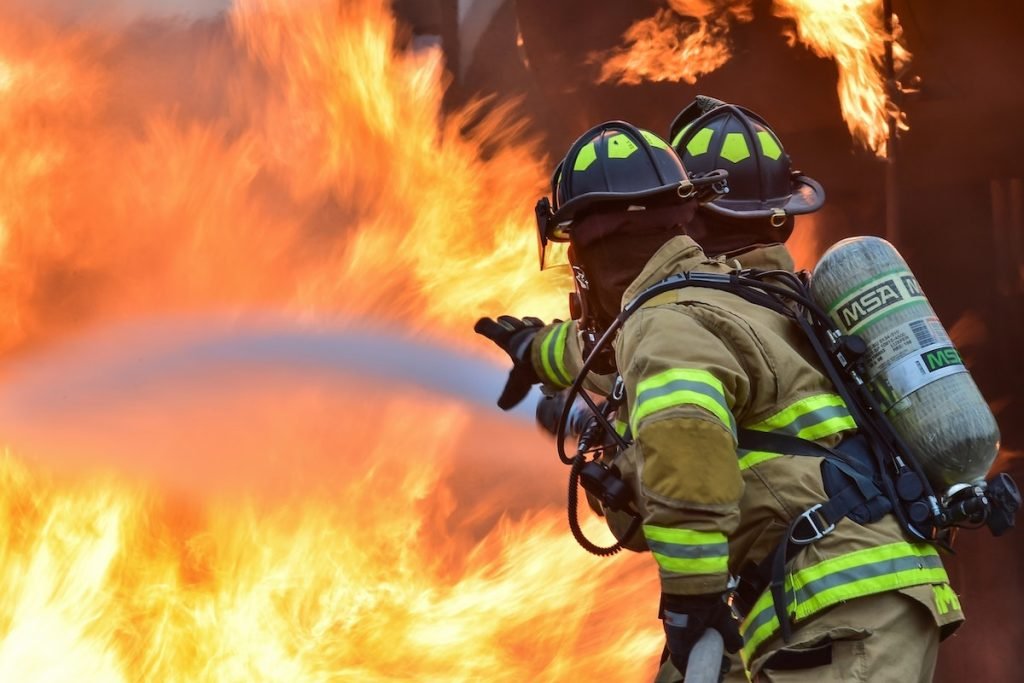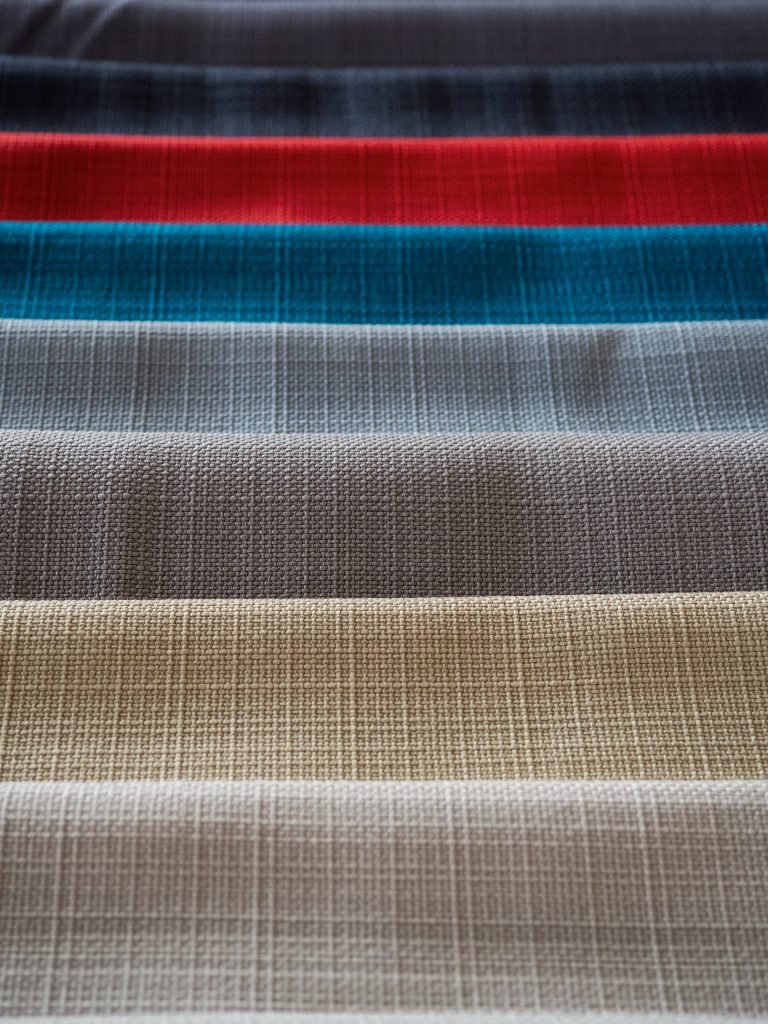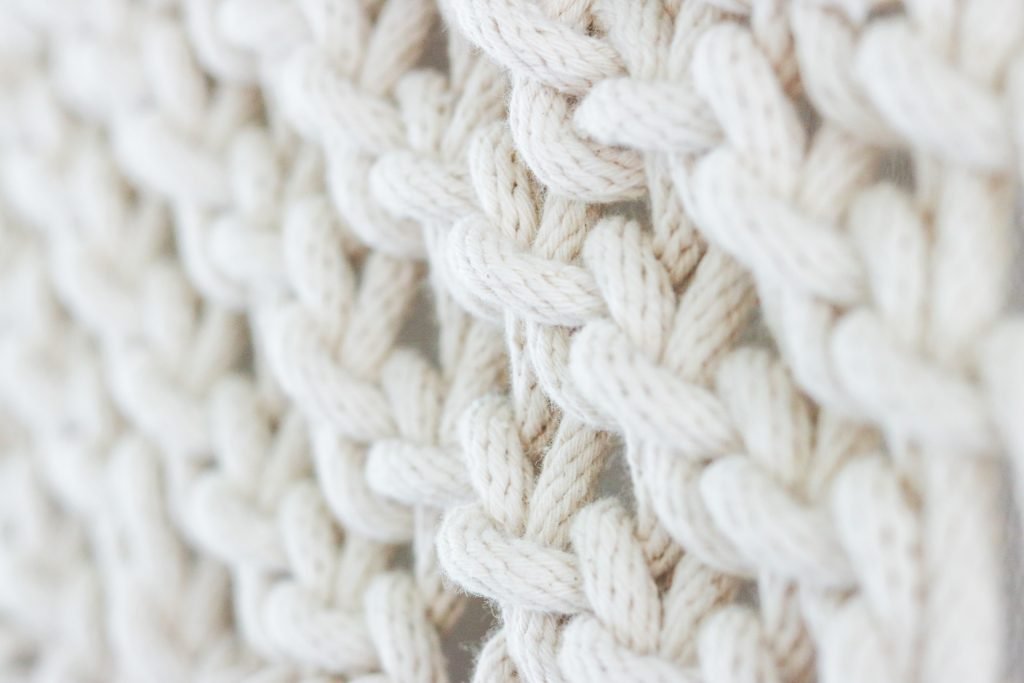LCR Services in Phoenix, Arizona has utilized fire retardant foams and materials to create various cut and sew products. But what exactly are fire retardant fabrics? If you’re unfamiliar with them, don’t worry. In this blog post, we’ll provide you with all the necessary information to get acquainted with these important materials. From flame barriers to personal protective equipment and coverings, fire retardant fabrics are crucial for commercial and industrial applications. Keep reading to learn more about these essential safety tools and the technological advancements that have made them possible.
What are Fire Retardant Fabrics?
Fire retardant fabrics are a crucial part of many industries, including manufacturing, construction, and personal protective equipment. These fabrics have been treated with a flame-retardant coating, which allows them to burn at a slower rate compared to other types of fabrics. There are two main types of fire retardant fabrics: inherently fire retardant and chemically treated fabrics.
Inherent Fire Retardant Fabrics
These fabrics have natural fire retardancy properties. No flame-retardant chemicals have been added to the fibers during their manufacturing period. They are resistant to fire from the start and did not undergo any chemical treatment. For example, fabrics like wool and Kevlar are more resistant to fire compared to cotton and linen because of how their fibers are structured. They are excellent materials to use for manufacturing cut and sew products.
Chemically Treated Fabrics
Unlike inherent fire retardant fabrics, these fabrics are not naturally fire-resistant and require chemical treatment to become fire retardant. Various processes are used to make these fabrics fire-resistant, and they can prevent, suppress, or slow down the spread of fire.
How Are Fire-Retardant Fabrics Created?

Chemical Dipping Technique
The chemical dipping technique involves submerging natural fiber fabrics in a chemical solution to create a fire retardant coating on the fabric. The chemical substance is absorbed into the fibers, providing a shield against fire. When exposed to high temperatures, the chemical coating undergoes a chemical reaction, which halts the spread of flames. This technique is effective for natural fiber fabrics and works similarly to how fire extinguishers suppress flames.
Coating Technique
This technique involves applying fire-retardant back-coating to the fabric. While this process produces a firm and inflexible fabric, it’s not suitable for use in clothing.
Nylon and Polyester Fabrics
Synthetic fibers are popular choices for making fire-resistant fabrics. Nylon and polyester fabrics have high melting points and low thermal conductivity. These fabrics can be treated with fire-resistant chemicals. In contrast, natural fibers are flammable, while synthetic fibers melt instead of igniting when exposed to high heat.
What Are the Different Applications for Fire-Retardant Fabrics?

Fire retardant fabrics are used in different applications. A lot of industries regulate the types of fabrics to use for different settings to make sure that they will meet minimum safety standards. The following are the most common applications for fire retardant fabrics:
- Aeronautical, automotive, and marine – Uses fire retardant fabrics for car seats, cargo nets, and interior.
- Hospitals – Uses fire retardant fabrics for drapes, sheets, and mattress covers.
- Military – Uses fire retardant fabrics for military uniform.
- Occupational safety – Uses fire retardant fabrics for the worker’s safety uniform and personal protective equipment for the industrial and outdoor settings.
- Recreational – Uses fire retardant fabrics for outdoor activities such as camping, fishing, hiking, hunting, and shooting gear.
- Home – Uses fire-retardant fabrics for furniture, curtains, and carpets.
Are All Fabrics Flammable?
The flammability of fabrics depends on the type of fibers they are made of. Natural fibers such as cotton, linen, and silk burn faster than wool, which has a low flame velocity and doesn’t catch fire easily. The weight and weave of the fabric also affect its flammability.
Fabrics with a tight weave, like wool, polyester, and modacrylic, are more fire retardant because they burn slowly compared to fabrics with light and loose weaves. The surface texture of the fabric also plays a role in its flammability. Fabrics with long and loose piles will catch fire faster than those with a tight and hard surface.
Synthetic fabrics, such as acrylic, nylon, or polyester, resist ignition and when they ignite, they melt. It’s important to note that when synthetic fabrics melt, they can cause severe burns. When combining natural and synthetic fibers, caution is advised as this can increase the fire hazard. The natural fiber catches fire easily, causing the synthetic fabric to melt, which can lead to severe burns.
For home curtains and drapes, applying fire retardant chemical treatment to the fabric can provide protection. However, this process is not recommended for clothing as it can make the fabric stiff and hard.
What is the Flammability of Different Fabrics?

- Cotton and linen – Has high burning rate, can be made fire retardant using chemical treatment.
- Acetate and triacetate – Flammable or less flammable than cotton. Can be made fire retardant using chemical treatment.
- Acrylic, nylon, polyester – Slow to ignite but once ignited will result in severe melting and dripping which can cause serious burns.
- Wool – Comparatively fire retardant but when ignited has a low burning rate and may self-extinguish.
- Glass fibers and modacrylic – Almost fire resistant because it is made of synthetic fibers that have fire retardant properties.
If you are looking for a reliable manufacturer of fire retardant foams and materials for high-volume cut-and-sew products, look no further than LCR Services.
As a minority-owned company based in Phoenix, Arizona, we specialize in offering a range of high volume cut and sew products using fire-retardant fabrics. If you have any questions or inquiries, please don’t hesitate to contact us. You can reach us at 602-200-4277 or email us at sennsour@lcrsvcs.com. Choose LCR Services for all your cut and sew product needs. Contact us today, and let us help you find the best solution for your needs!
